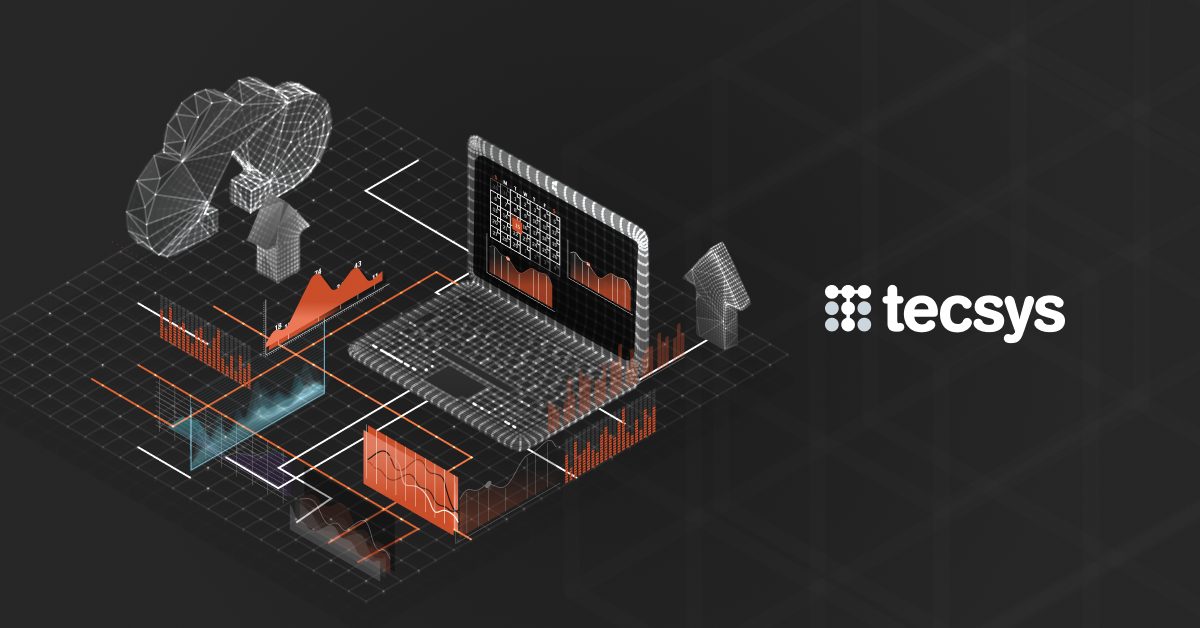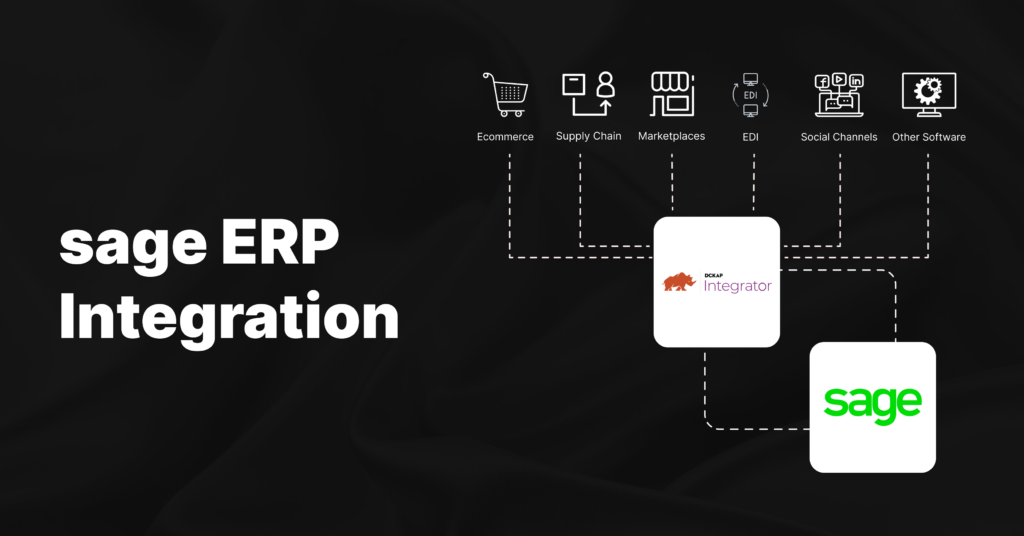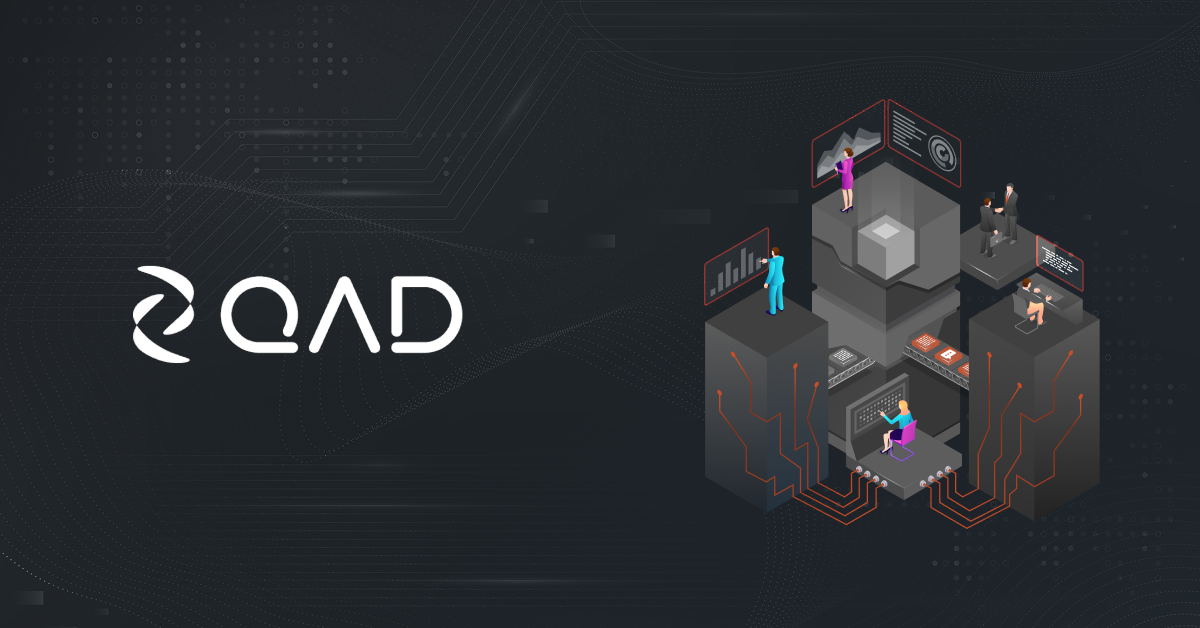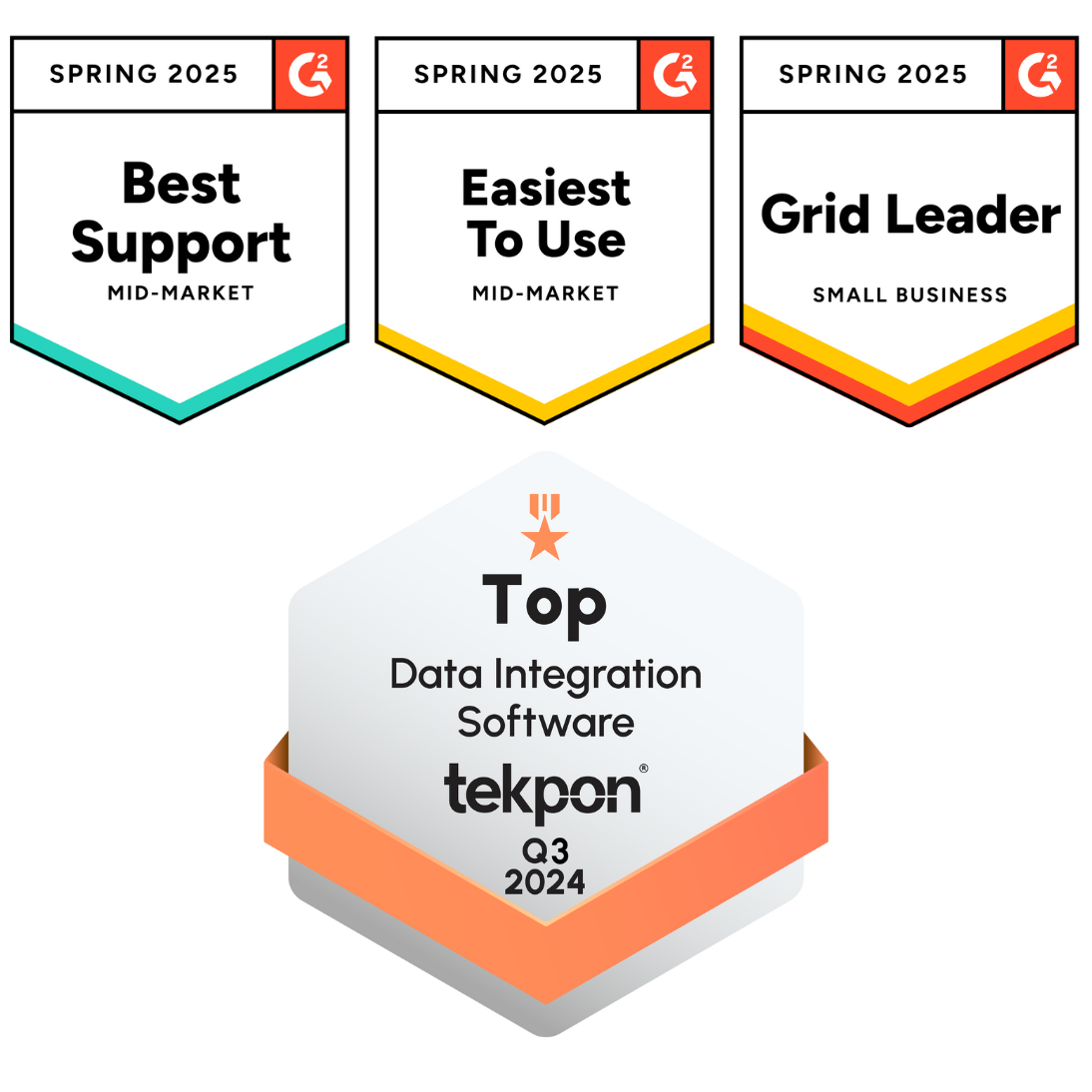If you’re in the distribution business, you know how complex managing supply chains can be. For those managing operations and supply chain via Tecsys software’s Elite Distribution Suite, connecting these systems with ecommerce or third-party apps can be tricky.
That’s exactly where integration comes into play. It acts as a bridge, helping Tecsys Elite work seamlessly with your other software, so you get a seamless and efficient ecosystem.
The Building Blocks of The Tecsys Elite Suite
Elite Distribution ERP
Elite Distribution ERP is the core of Tecsys’s suite. It provides a robust ERP solution for enterprise resource planning designed for distribution companies. It manages core processes such as:
- Inventory management: Real-time warehouse stock visibility.
- Order processing: Automating order entry, fulfillment, and billing.
- Procurement: Managing supplier relationships and purchase orders.
- Financial accounting: Streamlining accounting, reporting, and compliance.
- Customer management: Tracking sales, returns, and service history.
This ERP software is made for wholesalers, distributors, and 3PL providers. It helps them make better decisions using accurate data and automation.
Elite Warehouse Management
The Elite Warehouse Management System (WMS) works closely with the ERP. It focuses on all operations happening inside the warehouse. Key capabilities include:
- Inventory accuracy: Ensures accurate counts and locations through barcode scanning and cycle counting.
- Slotting optimization: Optimizes warehouse layout for efficient picking and supply.
- Labor management: Monitors worker productivity and task assignments.
- Picking and packing: Uses wave, batch, and zone approaches to increase speed and reduce errors.
Elite WMS cuts costs and boosts customer satisfaction. It does this by enhancing throughput and accuracy in the warehouse — a truly fully integrated business solution.
Also see: The ERP WMS Integration Guide [+ Steps & Methods]
Elite Transportation Management
Your distribution budget can be significantly impacted by transportation costs. Tecsys’s Elite Transportation Management System (TMS) helps with this using features like:
- Route planning and optimization: It means choosing the best routes. This helps cut down on fuel and labour costs.
- Carrier selection and management: Evaluating carriers based on performance and cost.
- Shipment tracking: Real-time visibility into inbound and outbound shipments.
- Freight auditing: Ensures billing accuracy and identifies discrepancies.
This TMS is the best option that helps companies reduce transportation spending and improve delivery reliability.
Integration Methods
Point-to-Point Integration:
A common method is point-to-point integration. Here, two systems connect directly to share data. Simple integrations work well with this strategy. It works effectively when linking ERP and warehouse management systems.
As more systems are added, point-to-point connections get harder to manage. This often results in a messy network of custom interfaces, making updates and scaling costly.
Enterprise Service Bus (ESB):
Many companies solve this via an ESB architecture. This mechanism lets applications communicate without direct connections. This method simplifies administration and scalability. It’s beneficial for linking ERP, WMS, TMS, and delivery platforms.
Cloud-Based Integration Platforms (iPaaS):
With scalable, secure, and reliable integration, iPaaS cuts development time and costs. They also offer error handling, retry, and logging. These help maintain data integrity and ensure operational resilience. The benefits of Seamless Integration are shown here.
Benefits of Implementing an Elite ERP System
End-to-End Supply Chain Visibility
When your supply chain systems are integrated, they share updates in real time. This means everyone involved has a clear, up-to-the-minute view. For example, your ERP and ecommerce platforms update warehouse stock levels automatically. This helps you avoid overselling or running out of stock.
Enhanced Data Accuracy and Reduced Manual Errors
Manual data entry between disconnected systems causes errors and wastes time. Integration automates syncing of master data like product SKUs, customer records, and pricing across ERP, WMS, and TMS. Orders and shipment info flow automatically without re-keying.
This reduces discrepancies in inventory, billing, and delivery status, resulting in cleaner data and less administrative overhead.
Accelerated Order Fulfillment and Time-to-Market
When an order is placed in ERP or e-commerce platforms, warehouse management gets notified instantly to start picking and packing. Transportation management plans routes and assigns carriers quickly to avoid delays.
Enhanced Customer Service and Experience
Teams can provide customers with automatic updates about orders via email, text, or portals. Dynamic routing and driver tracking improve delivery reliability, reducing missed deliveries.
When issues happen, integrated systems offer a single source of truth for quick resolution. This transparency builds trust, loyalty, and repeat business.
Cost Reduction
Real-time inventory data cuts excess stock and carrying costs while preventing lost sales from stockouts. Automating data transfers frees staff for higher-value tasks.
Better route planning saves fuel and reduces freight costs. Fewer order errors mean less spending on returns and refunds, boosting cash flow and profits.
Scalability and Flexibility
Integrated systems easily connect new platforms, warehouses, and carriers as businesses grow. Using IoT and AI tools improves operations and keeps companies competitive and adaptable to changing customer needs.
Common Integration Challenges
Legacy systems complexity
A big challenge for many businesses is working with legacy software. These older solutions are often customized and lack modern features like API support or standard data formats.
Connecting legacy systems to new cloud or API platforms usually requires custom work—special connectors or even rebuilding parts of the system, which can add time and costs.
Data consistency
Keeping data consistent across different platforms is tough. Each system might use different product names, customer info, or codes. Syncing and mapping data in real time between ERP, WMS, TMS, and delivery platforms is tricky.
If data doesn’t match, inventory counts, order fulfillment, billing, and reporting might be affected, affecting operations and customer happiness.
Change management
Integration often means changing workflows, software, or roles. Without good training and communication, users may resist or make mistakes. This can reduce integration benefits.
To prevent disruptions and help teams adapt to new processes, successful projects prioritize change management.
High initial investment and timelines
Integration projects need investments in technology, staff, and management. Data mapping, testing, and ensuring system compatibility may cause delays and extra costs.
Businesses should plan carefully and allocate enough resources. Bringing in experienced integration specialists can help lower risks.
Also see: ERP Integration Challenges Explained [+10 Solutions]
Best Practices for Successful Integration
Thorough business process mapping
Businesses need to document order management, warehouse operations, transportation planning, and delivery workflows. Also, identify how data flows between systems to streamline the facet of your operations.
Finding inefficiencies, extra steps, and missing information helps clarify integration goals. This way, the new system can improve overall operations instead of just automating old problems.
Select the right integration method
The optimal integration strategy depends on your company’s IT setup and future objectives. As systems grow, middleware platforms or API-based approaches improve scalability and maintainability.
Point-to-point interconnection may work for simpler needs. The DCKAP Integrator reduces development time and risk with customized integration for all kinds of complex workflows.
Prioritize data governance
Prioritize data governance and quality control early. Clear data formats, names, and validation rules ensure data is consistent and reliable in all systems. Data audits and cleansing eliminate synchronization mistakes, maintain integrity, and increase reporting accuracy.
User training and communication
Comprehensive training and communication are essential for user adoption. Departmental stakeholders need to know how the integrated system impacts their work and the business.
Focused training, clear guides, and simple support tools raise confidence and help ease resistance to change.
How the DCKAP Integrator Makes Complex Integration a Breeze
The DCKAP Integrator iwas made to solve the unique integration problems of distribution businesses, including those that use the Tecsys Elite suite.
It links Tecsys Elite ERP, Warehouse Management, Transportation, and Delivery Management to outside applications, like a hub. This unifies and streamlines the digital supply chain.
Key capabilities of the DCKAP Integrator include:
Real-Time Synchronization:
It keeps important data in sync right away. This includes product catalogs, inventory, and order statuses. It supports Tecsys Elite and Shopify, Magento, and BigCommerce. A consistent customer experience is achieved by eliminating disparities and overselling hazards.
3PL and Carrier Integration:
The Integrator links Tecsys technology to third-party carriers and logistics companies. This simplifies warehouse stock, shipment, and delivery data exchange. Such visibility improves operational efficiency and transparency.
Cross-Functional Connectivity:
The Integrator links ERP data with CRM and accounting software. It combines customer data, order details, billing info, and financial reports. This feature boosts teamwork among sales, finance, and customer service teams.
Conclusion
The DCKAP Integrator and Tecsys Elite tools help distribution companies create a strong, connected, and efficient supply chain. This ecosystem boosts efficiency. It helps organizations react fast to market changes and offer great service in a digital-first world.
Schedule a chat with our integration experts today to discuss how you can proceed with integrating your ERP and improve your operations.





